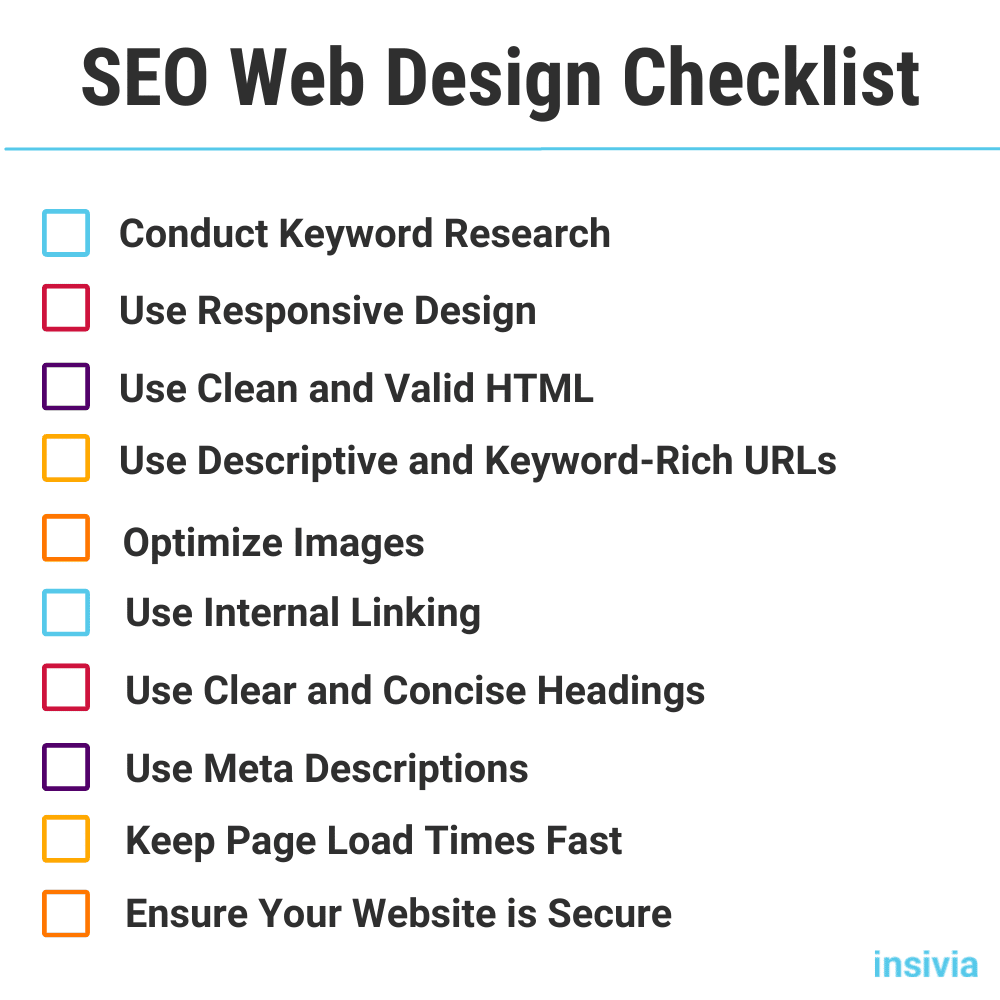Every SaaS company wants to be at the top of Google search results. But here’s the real question: What happens when people actually land on your site? If your website doesn’t engage, convert, and clearly communicate your message, ranking high means nothing.
The smartest approach to SEO isn’t just chasing algorithms. It’s about creating a clear, easy-to-use, and highly relevant website that not only ranks well but drives real business results. Here’s how you do it.
Content That Attracts the Right Audience
SEO isn’t about stuffing your site with keywords. It’s about delivering content that matters to the right people—your potential customers. If your content doesn’t immediately connect with them, they’re gone.
- Speak to your audience, not search engines. Your goal is to engage real people, not just game the algorithm.
- Make it easy to digest. Users skim, they don’t read. Nielsen Norman Group confirms this. Headlines, bullet points, and visuals matter.
- Quality over quantity. Churning out generic blog posts won’t cut it. Thought leadership wins.
Bottom line? Attract the right audience, keep them engaged, and make your content worth their time.
Web Design: It’s About Usability, Not Just Looks
A flashy website means nothing if it’s frustrating to navigate. Users want information fast. If they have to hunt for it, they’ll leave.
- First impressions are everything. 38% of people bounce if a site’s design is unattractive (Saleslion).
- Navigation is critical. 94% of users say it’s the most important feature (Clutch).
- Clarity beats creativity. If your design confuses, you lose.
The best websites don’t just look good—they function flawlessly. Your SEO depends on usability. Check out this resource for more usability tips: Learn Website Usability Testing.
A Web Presence That Grows and Evolves
A stagnant website is a dying website. SEO isn’t a one-and-done effort. If your brand isn’t actively publishing, updating, and engaging, you’re falling behind.
- Keep your blog active.
- Share industry insights.
- Use social media strategically.
Google rewards fresh content. So does your audience. Stay ahead by being consistently visible and valuable.
Mobile Optimization: The Non-Negotiable
If your site isn’t mobile-friendly, you’re losing customers. Period.
- 53% of users leave if a page takes longer than 3 seconds to load (Google).
- Mobile users expect speed, clarity, and responsiveness.
- Responsive design isn’t optional—it’s a requirement.
A bad mobile experience kills conversions. Your audience is browsing on their phones. Make sure your site works flawlessly on every device.
Looking for more mobile marketing statistics, check out our comprehensive list.
Avoid Tech Jargon—Speak Your Customer’s Language
Tech-heavy language alienates potential buyers. Simple, clear messaging sells.
- Complexity repels. If your SaaS sounds hard to use, prospects will assume it is.
- Trust comes from clarity. People buy what they understand.
- Your words should match your audience. Speak their language, not yours.
Confusion is the enemy of conversion. Keep it simple.
Page Speed: The Silent Deal-Breaker
Slow websites kill sales. Google found that every second of delay reduces conversions. If your site is sluggish, your audience won’t wait.
- Optimize images. Compress without losing quality.
- Minimize redirects. Every extra step slows things down.
- Reduce plugins. Too many? You’re asking for trouble.
Speed matters. Fix your load times or lose customers. Use tools like Google’s Page Speed Insights to monitor your sites performance.
Thought Leadership: The Key to SaaS Authority
People trust experts. If you’re not positioning yourself as an industry leader, you’re just another SaaS company in a crowded space.
- Share original insights, not recycled content.
- Speak on industry trends before your competitors do.
- Educate your audience—don’t just sell.
Want to build authority? Lead the conversation.
Backlinks & Internal Links: The SEO Power Play
Your site’s credibility depends on who links to you. Google trusts sites with strong backlink profiles.
- Backlinks = trust. Get referenced by industry leaders.
- Internal links = structure. Guide users (and search engines) through your site.
- Quality over quantity. One relevant backlink beats ten spammy ones.
SEO isn’t magic. It’s about being a trusted, authoritative resource. Build the right links, and Google rewards you.
Content That Wins in SEO
Not all content is equal. The best SEO-driven content includes:
- Blog posts: Target high-traffic keywords.
- Case studies: Show real-world success.
- Whitepapers & reports: Establish authority.
- Press releases: Boost credibility.
Content without strategy is noise. Be purposeful.
The SEO + Web Design Formula for SaaS Success
SEO and web design work together. You can’t optimize one and ignore the other. Here’s your winning formula:
✅ Keyword research: Align content with what your audience is searching for.
✅ Mobile-first design: If your site isn’t mobile-friendly, you’re losing traffic.
✅ Fast page speeds: Cut load times or lose conversions.
✅ User-friendly navigation: Make it intuitive. No guesswork.
✅ Engaging, clear content: No fluff, no jargon—just value.
✅ Consistent updates: Keep content fresh to stay relevant.
SEO isn’t just about rankings—it’s about business growth. A well-designed, SEO-optimized website doesn’t just get traffic; it converts that traffic into paying customers.
Here’s a checklist for creating a website design that performs well for SEO:

Maximize Your Website’s Potential with SEO & Smart Design
Great web design isn’t just about aesthetics—it’s a key driver of SEO success. Elevate your online presence with our expert SEO strategies and agile web design services.
Let’s create a website that looks great and ranks higher. Learn more today.
Written by: Tony Zayas, Chief Revenue Officer
In my role as Chief Revenue Officer at Insivia, I am at the forefront of driving transformation and results for SaaS and technology companies. I lead strategic marketing and business development initiatives, helping businesses overcome plateaus and achieve significant growth. My journey has led me to collaborate with leading businesses and apply my knowledge to revolutionize industries.
